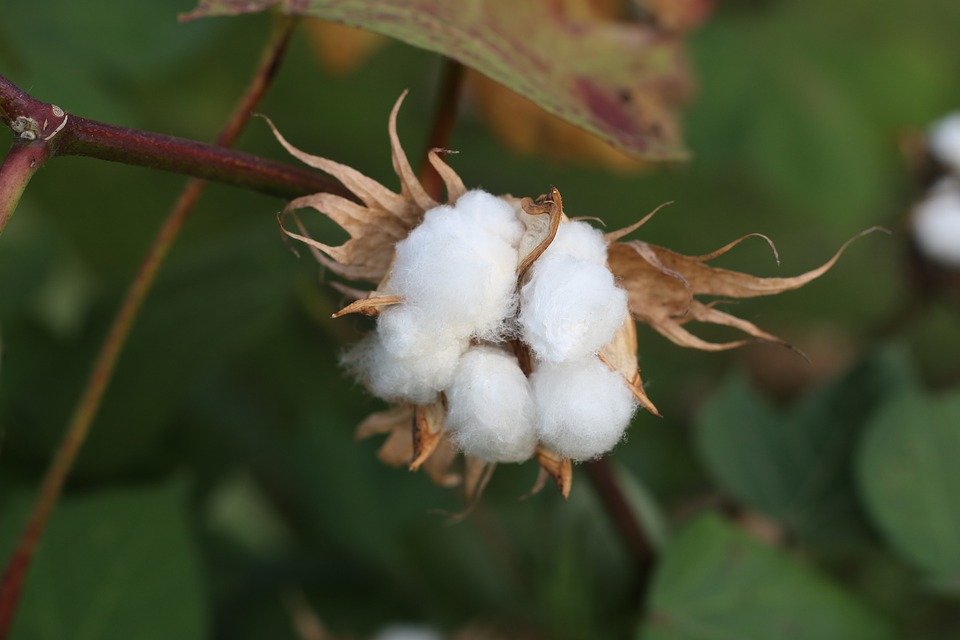AIR MESH/SPACER FABRIC
Spacer fabric is a three-dimensional
knitted fabric consisting of two separate knitted substrates, which are joined
together or kept apart by spacer yarns. First layer – hydrophilic nature Second
layer – hydroscopic nature Spacer layer – mono or multi filament
This three dimensional fabric is
comprised of an initial layer for moisture release, an interior layer for air
flow, and a third outer layer for heat dissipation. According to the end uses,
the spacer ends of monofilaments may be polyester, polyamide or polypropylene.
These fabrics are designed for airflow and cushioning
The middle to create two separate
fabrics (spacer fabrics) are essentially pile fabrics that have not been cut
consisting of two layers of fabric separated by yarns at a 90 degree angle.
Spacer fabrics (3D fabrics) are
produced through knitting and weaving technologies; among these technologies
knitting is the most common manufacturing process for the production of spacer
fabrics. There are two types of spacer fabrics: warp-knitted spacer fabric and
weft-knitted spacer fabric.
The first type is knitted on a rib
raschel machine having two needle bars, while the second is knitted on a double
jersey circular machine having a rotatable needle cylinder and needle dial. 3D
Spacer structures are much like a sandwich the constructions comprising two
separate fabric webs, which are joined together by spacer threads of varying
rigidity.
Where the face and back of the fabric
are knitted separately, at the same time, it is interconnected by monofilament yarns.
Three layer of this fabric is constructed at the same time, so the cost of
laminating or combining is reduced.
Circular knitting machines with two
sets of needles have the ability to create two individual layers of fabric that
are held together by tucks. Such a fabric was referred to as a double -faced
fabric also be called as spacer fabric. It is produced by flat, v-bed and purl
machines.
All techniques require the use of at
least three different yarns for each course of visual fabric. The degree of
space or height between the two fabric faces is determined in the circular
knitting machine by the setting of the dial height relative to the machine
cylinder. Spacer fabric heights present in this way can vary between 1.5 and
5.5 mm.
With the uses of high and low butt
needles, spacer fabrics are produced in weft knitting by tucking on dial and
cylinder needles at the same feeder and knitting/plating on the dial needles .
At feeders 1&3 spacer yarn knitted on dial needle and tucked on cylinder
needles.
Warp-knitted
spacer fabrics consist of two ground surfaces, which are bound through pile
yarns with stitches. The production in Raschel machine with two needle bars is
possible and has great similarity to flat knitting. Great flexibility is
associated with warp- knitted spacer fabrics because different materials may
theoretically be used in guide bars 1 and 2, 3 and 4, and 5 and 6.
Raschel spacer structure has more
advantages as it can be produced with dimensional stability and/or stretch.
Also the air and water permeability of the structure can be controlled. In this
method we can produce different width of spacer fabrics without ripping or ravelling
structure.
The force required to press the two
surfaces together (pressure resistance) is dependent on the mass of
mono-filaments in the structure, which means yarn count, stitch density, and
machine gauge in relation to the spacer fabric. Some other properties of warp
and weft knitted spacer fabrics



Comments
Post a Comment